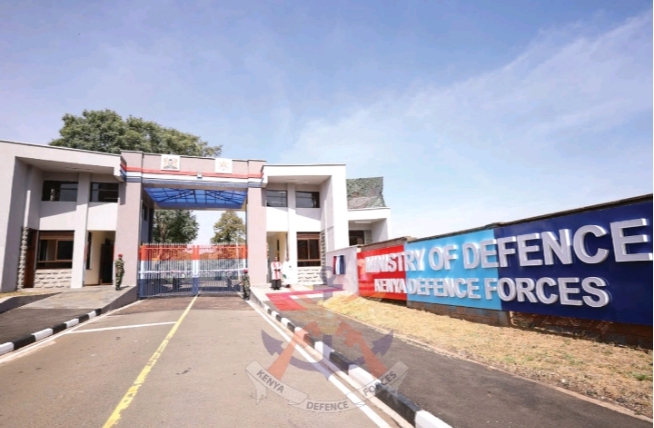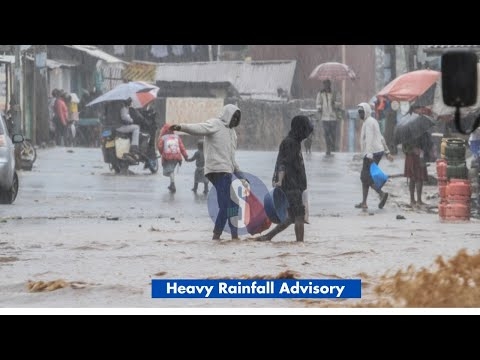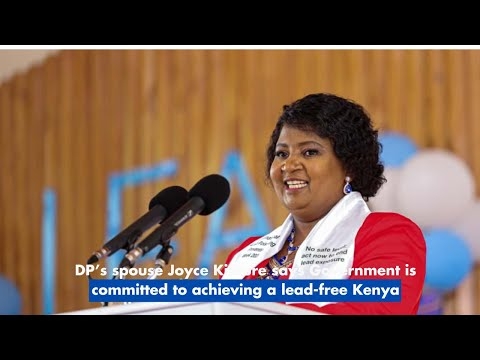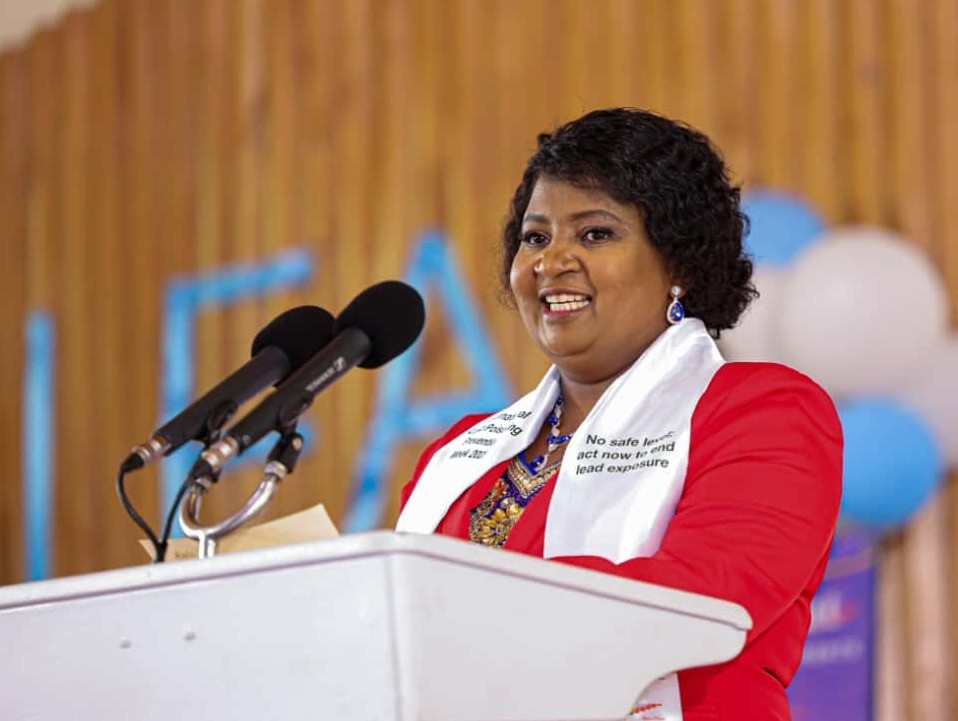The Gazi Bay community members on the south Coast are using innovative approaches to fight climate change, conserve biodiversity and improve their livelihoods.
The community is taking part in Mikoko Pamoja project, the world’s first initiative to fund mangrove conservation through the sale of carbon credits.
For a long time, utilisation and management of mangrove resources in Kenya were based on the harvesting of wood products and not on other essential roles they play in fishery production, climate change regulation and shoreline protection.
Mangroves are considered important in maintaining and building the soil.
They also act as a reservoir in the tertiary assimilation of waste and in the global cycle of carbon dioxide, nitrogen and sulfur.
They also offer protection against cyclones as well as in stabilisation and promoting land accretion, fixation of mud banks, dissipation of winds and tidal and wave energy.
The total area of mangroves in the country is estimated at 61,271 hectares (151,403.70455 acres).
Lamu county has 35,350 hectares, representing 61 per cent, Kilifi (8,536 ha) representing 14 per cent and Kwale (8,354ha) representing 14 per cent.
Mombasa has 3,771ha representing six per cent and Tana River (3,260 ha) representing five per cent.
Restoration of mangroves
In the financial year 2021-22, 307.9ha of mangrove area was restored in Lamu, Kilifi (1223.2 ha), Kwale (57.5 ha), Mombasa (1,800 ha) and Tana River (653 ha) bringing the total restored area to 4041.6 ha.
Despite these uses, mangroves have also been exploited for timber for building dwellings and boats and fuel wood for cooking and heating.
The community, through the Gogoni Gazi Community Forest Association, understands this too well.
The project is a community-led mangrove restoration and conservation project aiming to support the local livelihood of the Gazi community, which is composed of two villages with a population of 5,400 residents.
The Mikoko Pamoja project is composed of 13 project committees.
Mikoko Pamoja project coordinator Mohamed Kassim said the initiative that started in 2013, has uplifted livelihoods.
“We were able to sell our first credits that year (2013). The project is composed of three groups where we have Mikoko Pamoja community organisation, a steering group which is composed of Kenyan Marine and Fisheries," Kassim said.
"[The fisheries] provide technical support and the Association of the Coastal Ecosystem services, a charity in Scotland where they help in verification and marketing of our credits.”
Mobilisation efforts
The coordinator said they have been able to mobilise around Sh3 million this year.
“The money is used to benefit the community at large as they are the ones who decide on how the money will be spent,” he said.
Kassim further said from the Sh3 million raised through carbon credit this year, the community asked for six per cent to be retained for verification and marketing.
Five per cent will go towards office expenses while 32 per cent will cater for community development projects; 21 per cent to go to community wages and 36 per cent for restoration.
Kassim said the project has helped in several activities in Gazi Bay where books have been donated to schools, install water projects and donate furniture to hospitals.
This year, Kassim said, they have been able to sell 2,500 tonnes of carbon and they have been able to maintain long-term partnerships with several organisations that support conservation activities.
The project earned the community Sh1.5 million in 2013.
The money comes in yearly after they do the reporting.
Kassim said they have plans in place to do the reporting this year before submitting it to Plan Vivo Foundation, their accreditation partner.
He said carbon is at high demand and yet their project only covers 117 hectares (289.11285 acres) and the total area of mangrove in Gazi Bay is 615 hectares (1,519.69575 acres).
“The demand has increased and the supply is low. We are yet to consult Kenya Forest Service if they will offer more hectares to increase the area.”
Kassim said in areas that are highly degraded, they are trying to do nature-based solutions.
Collaboration to protect forest
NGOs, academic and research institutions and government agencies collaborate to support the community in protecting their vitally important mangrove forest for the benefit of the local community, the environment and the climate.
Already, the government has prepared a national mangrove ecosystem management plan for 2017-2027 to enhance the coordination and efficiency of managing the mangrove ecosystem.
Environment Cabinet Secretary Keriako Tobiko and Tourism CS Najib Balala will also on Tuesday lead other stakeholders in commemorating World Mangrove Day in Kilifi county.
Kassim said the technical team from Kenya the Kenya Marine and Fisheries Research Institute are teaching the community how to monitor.
“We usually do monitoring twice a year-April and August. We have an instrument called caliber. But for Mikoko Pamoja, we are only dealing with above ground carbon,” the coordinator said.
He said there are three methods of measuring carbon. “We use algometric equation, destructive method and remote sensing but remote sensing for us is more expensive.”
Kassim said they measure diameter at breast height of the tree and use algometric equation to get the total amount of carbon stored in 117 hectares (289.11285 acres).
He further said the client who buys carbon do verification after every five years.
Uplifting lives
Kassim said the availability of carbon money has helped to uplift the lives of the community who are typically poor and live on subsistence lifestyles with limited agriculture.
“Back then, the people of Gazi used to over exploit these mangroves for timber and pole for construction but with time, they saw that the fish population was reducing,” he said.
Kassim said income raised through the protection of the forest funds not only further protection and reforestation, but community projects, including building of wells, school building repairs, provision of school books and local community groups such as children’s football clubs.
Clean water has been provided for 3,500 people while 700 school children have received educational materials and 117 hectares of forest have been protected.
This innovative project has received international recognition.
In 2017, it won the prestigious Equator Initiative Prize for community solutions to climate change.
Kemfri officials helped the community to realise the importance of protecting mangroves in order to increase fish stocks.
“Fish population has already increased and there are benefits obtained from the sale of carbon and the community is appreciating our projects and are no longer cutting trees,” Kassim said.
Restoration initiatives
Abdala Bakari, the CFA chairman lauded the restoration initiatives, saying the forest was previously heavily degraded.
The fish stock had also declined.
Mangrove forests are structurally diverse ecosystems, sustaining high biodiversity as well as rich seafood supplies.
Partly submerged in the ocean, mangroves form a tangled web of above-ground roots, creating a unique and complex habitat for all sorts of marine life.
Numerous marine species, including fish and shrimp, use mangroves as nurseries during early life stages.
Bakari said they saw a need to plant more mangroves in order to reverse the trends.
“We had to form community forest association to help us rehabilitate the degraded parts of the mangroves,” he said.
Bakari said experts from Kemfri came on board and helped them to access carbon credits.
“We have immensely benefitted as a community through community forest associations and carbon credit trade," he said.
"We also have other projects such as fish bonds, Beach Management Units, beekeeping, and garbage collection with the aim of conserving and protecting nature.”
(edited by Amol Awuor)






![[PHOTOS] Council of Governors visits Raila's grave](/_next/image?url=https%3A%2F%2Fcdn.radioafrica.digital%2Fimage%2F2025%2F10%2F59c8111a-6f0d-4719-8587-7e965c4bdd34.jpg&w=3840&q=100)





